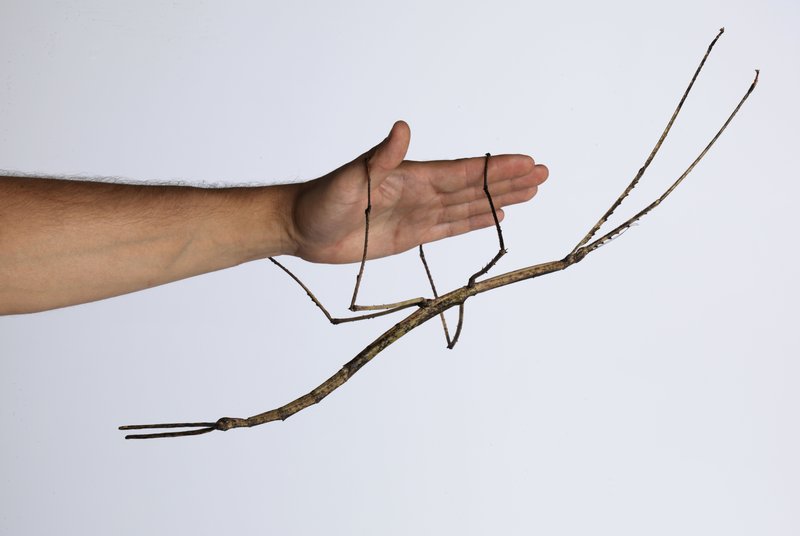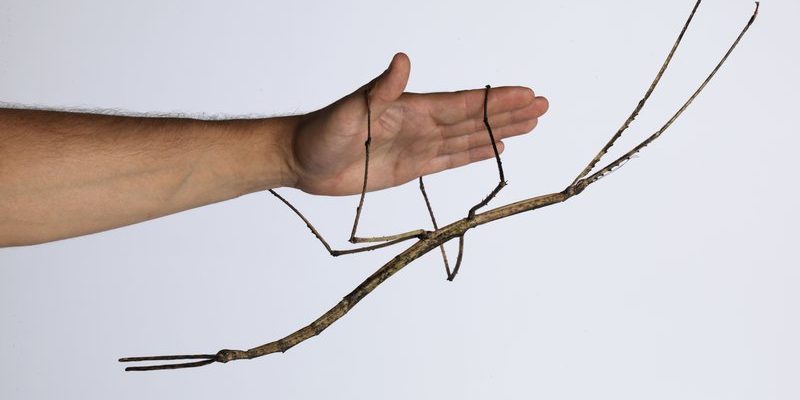
Stick insects, also known as phasmids, come in many shapes and sizes. Imagine a branch that can move—that’s basically how these creatures survive in the wild. Their incredible camouflage has attracted researchers for decades, wanting to know more about their survival tactics. From their unique behaviors to their genetics, scientists have used various methods to study these critters, giving us deeper insights into their lives and ecosystems.
The Magic of Camouflage
One of the most captivating features of stick insects is their *camouflage*. They possess an impressive ability to blend into their surroundings, making them hard to spot. Scientists have long been fascinated by this skill, leading to numerous studies on how and why these insects evolved such effective mimicry.
Researchers have conducted field studies in various habitats, observing stick insects in their natural environments. They’ve noticed that stick insects often choose the *right* kind of vegetation to match their body shape and color, which is a critical aspect of their survival. By meticulously observing these behaviors, scientists are piecing together how evolutionary pressures shape the creatures we see today.
Laboratories are also key players in studying stick insect camouflage. Scientists create controlled environments to test how well stick insects can hide from predators. For instance, they might place a stick insect among real twigs and measure how often predators, like birds, can find them. This kind of research helps us understand not just stick insects, but broader ecological concepts like predator-prey relationships.
Behavioral Studies
When it comes to studying *behavior*, stick insects have a lot to offer. Their mating rituals and feeding behaviors are subjects of intense research. For example, many stick insects engage in complex courtship dances that can last for hours. Scientists have set up cameras to capture these interactions and decode the subtle signals exchanged between males and females.
One interesting aspect is their eating habits. Most stick insects are herbivorous and prefer certain plants, which means they have developed a relationship with their environment. Researchers have explored what plants they choose and why, offering insights into plant-insect relationships and how they impact ecosystem health.
Moreover, some scientists focus on *stress responses* in stick insects. They examine how these creatures react to threats or environmental changes. Do they freeze in place when a predator approaches? How does their body language change? By studying these reactions, researchers are gathering knowledge about survival strategies that can apply to many species.
Genetic Research
With advancements in technology, genetic research has opened a new window into understanding stick insects. Scientists are now able to analyze their DNA, uncovering secrets about their evolution and relationships with other insects. This is particularly exciting because stick insects exhibit a wide range of genetic diversity.
Through DNA sequencing, researchers have discovered that there are more than 3,000 species of stick insects globally! By comparing the genetic material of different species, they can trace back their evolutionary lineages and see how adaptations have occurred over time. This not only enriches our understanding of stick insects but also contributes to our knowledge of biodiversity.
Additionally, genetic studies help scientists identify any potential conservation issues. For example, some stick insect populations are threatened due to habitat destruction. Genetic research can assist in creating effective conservation strategies, ensuring that these remarkable insects can continue to thrive.
Ecological Impact
The role of stick insects in their ecosystems is another critical area of study. These insects contribute to the *food web*, serving as prey for various predators. Understanding their impact on the ecosystem can help scientists monitor environmental health.
Researchers have looked into how stick insects interact with their habitats, specifically focusing on their *plant preferences*. As herbivores, they play a significant role in plant population dynamics. By feeding on specific plants, they can influence which plant species thrive, further underscoring the importance of their presence.
Moreover, stick insects can serve as bioindicators. This means their health and population trends can give scientists clues about the overall health of their ecosystem. If stick insect populations decline, it might indicate larger environmental issues, prompting further investigation.
Applications in Pest Control
Interestingly, studies on stick insects aren’t just about understanding nature; they might also help in developing new pest control strategies. Some researchers are exploring how the behaviors and natural chemicals of stick insects can be used to manage agricultural pests without harmful chemical pesticides.
For instance, since stick insects feed on specific plants, understanding their feeding habits could lead to more eco-friendly pest management by attracting natural predators to those plants. This could create a balanced ecosystem in agricultural settings, promoting crop health while minimizing chemical use.
There’s also potential in exploring *pheromones* emitted by stick insects. If scientists can identify these chemicals, they might be able to develop traps or repellents that effectively manage pest populations, reducing the need for harmful chemicals.
Future Research Directions
As we look to the future, there’s still so much left to learn about stick insects. Innovations in technology mean that researchers can study them in ways we never thought possible, leading to even more fascinating discoveries. From advanced imaging techniques to artificial intelligence analyzing their behaviors, the possibilities are exciting.
New species of stick insects are still being discovered, and ongoing research will be essential to understand their biology and the role they play in ecosystems. Additionally, as climate change alters habitats, studying how stick insects adapt can provide vital insights into resilience and adaptation in the face of environmental challenges.
In summary, stick insects offer a treasure trove of information across many fields of science. Their unique traits and behaviors not only make them fascinating subjects of study but also provide valuable lessons that can help us understand the world around us better.
In conclusion, the study of stick insects is a window into the intricate web of life. From their evolutionary tactics to their role in ecosystems, there’s a lot more to these remarkable insects than meets the eye. Scientists will continue to unveil their mysteries, and hopefully, we’ll gain a deeper appreciation for these stick-like marvels.

